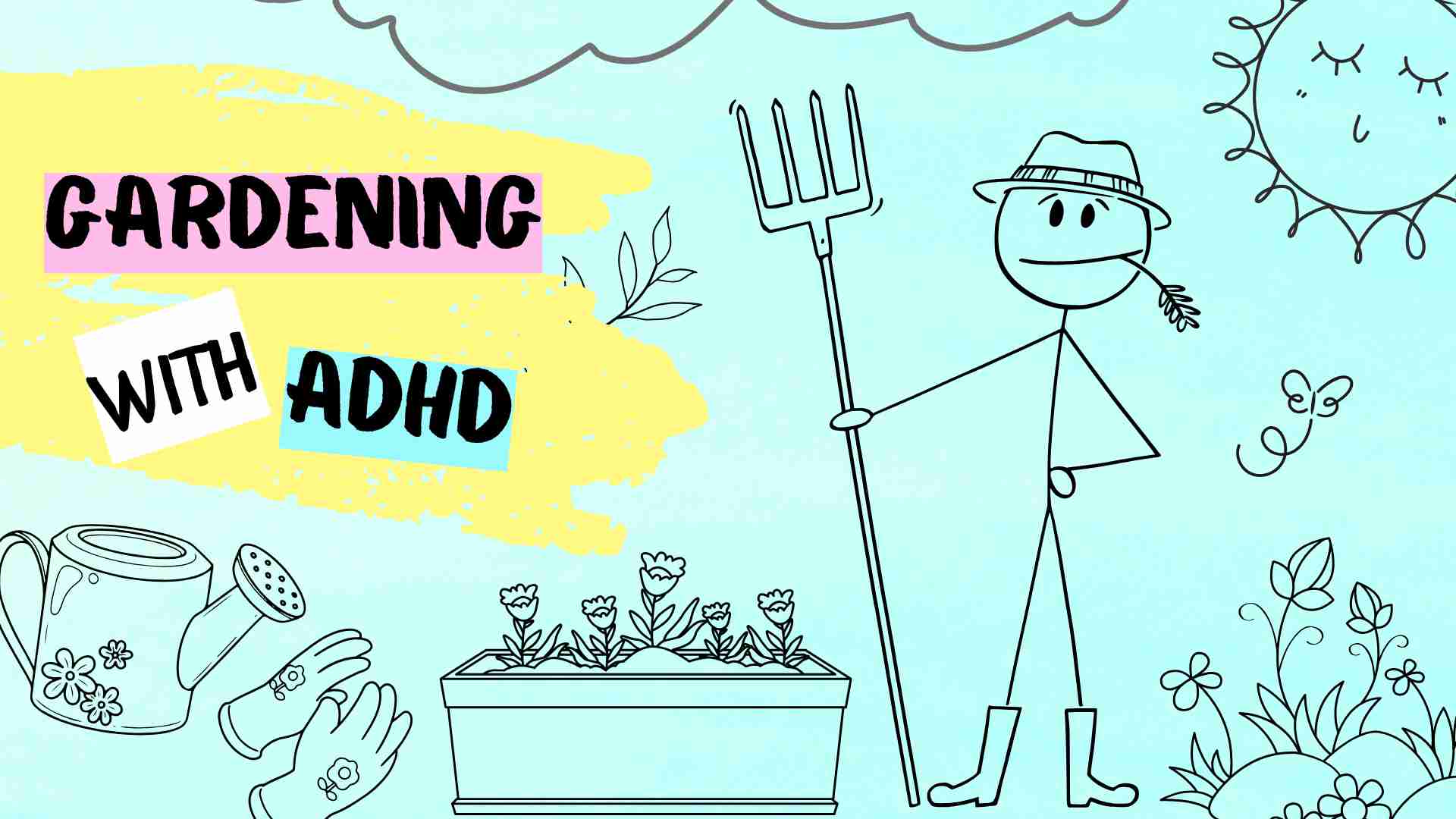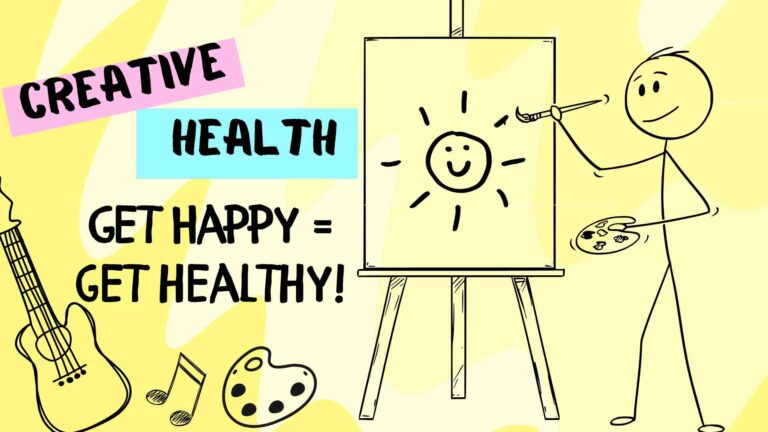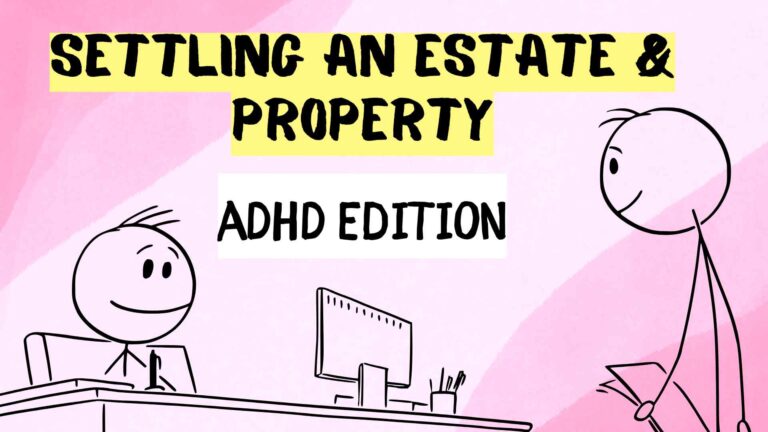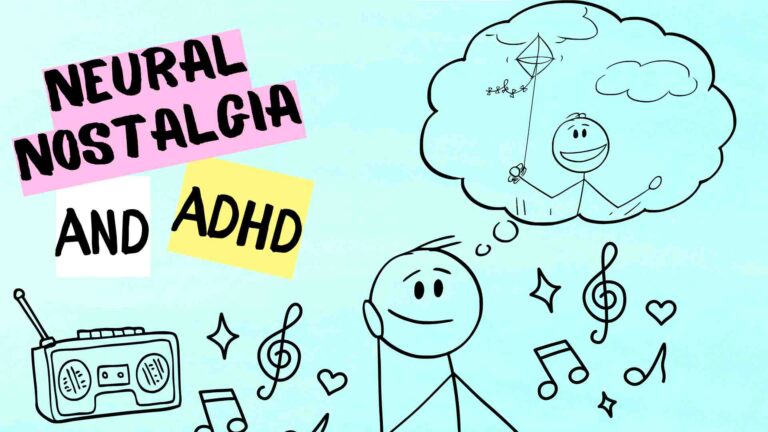You know the drill. You get excited about a new hobby—gardening, in this case. You buy all the supplies, pick out the cutest pots, and dream of a lush, thriving garden. Fast forward a few weeks, and suddenly, your plants are either thriving in pure neglect or wilting because you forgot to water them for days. Sound familiar? Welcome to ADHD gardening.
Table of Contents
- Why Gardening and ADHD Are a Surprisingly Good Match
- ADHD-Friendly Gardening Hacks
- The Beauty of ADHD Gardening
Why Gardening and ADHD Are a Surprisingly Good Match
ADHD brains crave stimulation, movement, and novelty. Gardening offers all of that:
- Instant gratification – Watching a seed sprout? Dopamine hit.
- Sensory overload (in a good way) – The smell of soil, the texture of leaves, the colors—pure magic.
- A reason to move – Digging, watering, pruning—it’s all built-in fidgeting.
- Low-pressure productivity – Unlike deadlines, plants don’t judge you for procrastinating (well, maybe the thirsty ones do).
ADHD-Friendly Gardening Hacks
1. Accept the mess. ADHD gardening isn’t about control—it’s about joy. Some plants will thrive, some will die, and that’s part of the adventure.
2. Lower expectations. Don’t compare yourself with local gardeners or anyone on Youtube. You do you! Be realistic about your vision and what you can pull off with your time and skills.
3. Keep tools in one place – gather them FREQUENTLY as they will soon disappear! Use high-visibility tools or duct-tape them with bright tape not to lose them. Use a bucket or other gathering means to corral tools. Keep a designated spot for your cell phone.
4. Set reminders. Watering schedules? Pfft. Just set phone alarms or stick a post-it on your fridge.
5. Choose resilient plants. Native plants and perennials are your best friends—they forgive neglect. Choose easy-to-grow vegetables.
6. Keep it contained. It’s easy to have dreams of a big vegetable garden, and then we have more than we can handle. Go for small patches and containers where we can find success and not overwhelm.
7. Share with a friend. Split plant packs and seed packets so you don’t feel you have to plant everything.
8. Put weed measures in place. A weedy garden will soon take the fun out of gardening. Consider lasagna gardening and heavy mulching.
9. Keep the joy high. Gardening can quickly turn into a chore. If you like to start seeds inside, then go for it. Other people love to visit local nurseries and buy all the plants they need ready to go.
10. Have a plan for harvest. Give the vegetables away, or can with a friend. The “finishing” part at the end of the growing season is where many of us ditch our gardens. Maybe a family member takes over here, and this is what gives them joy!
The Beauty of ADHD Gardening
Gardening with ADHD isn’t about being the most organized or disciplined gardener. It’s about finding joy in the process, embracing the unpredictability, and letting nature do its thing. So, if your garden looks more like a wild jungle than a curated masterpiece, congratulations—you’re doing it right.
Now, go water that plant you forgot about. Or don’t. It’ll probably be fine.




